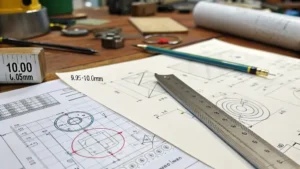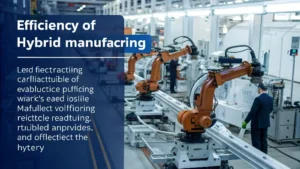
When Should You Specify Tight Tolerances (And When Should You Avoid It)?
Getting tolerances wrong causes headaches. Parts don’t fit, costs rise, and projects stall. Let’s make tolerance specification clearer for you. Specify tight tolerances when parts must fit precisely, are safety-critical, or belong to complex assemblies. This improves fit and function. Avoid them for non-critical features to save cost and manufacturing



